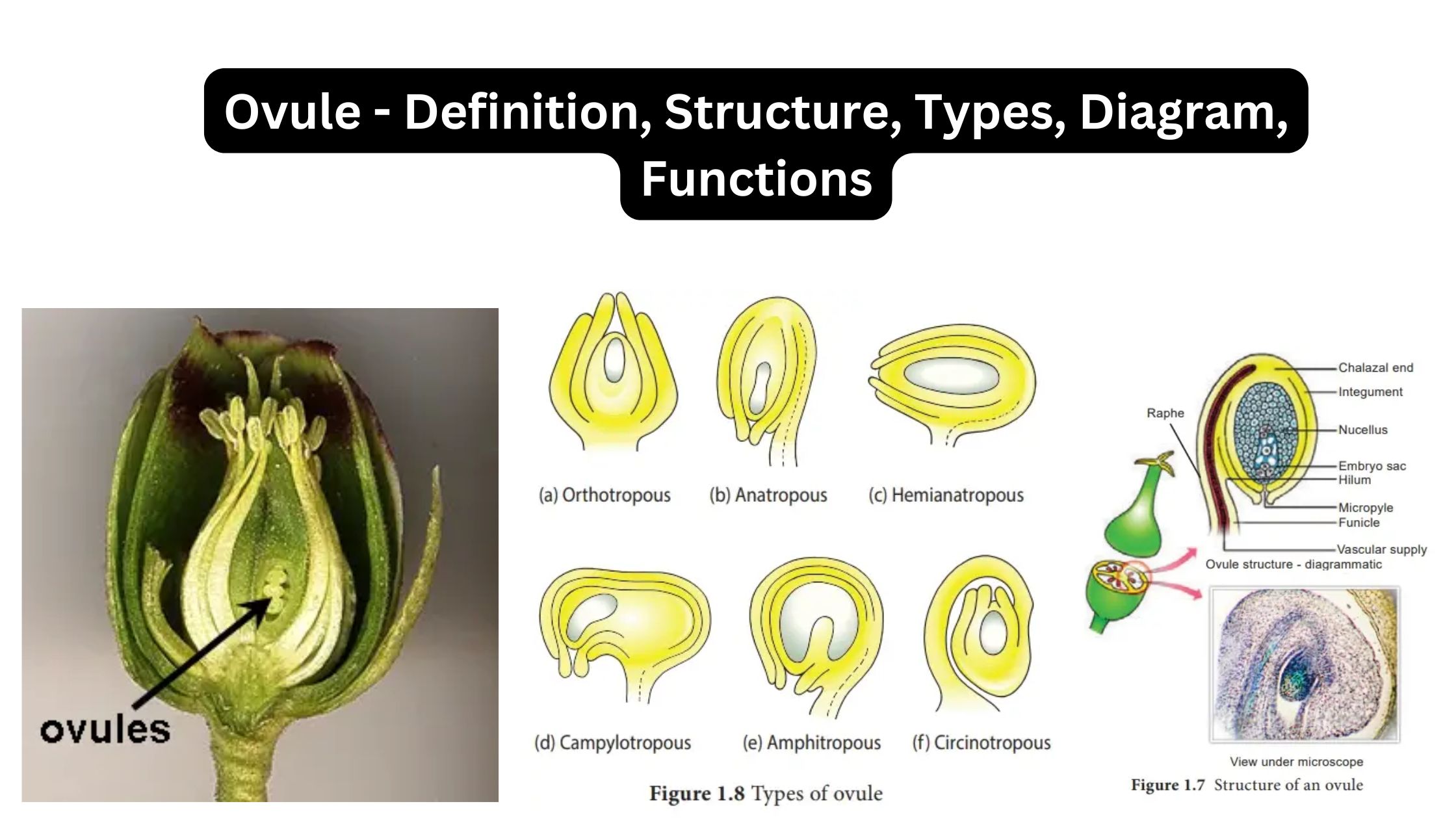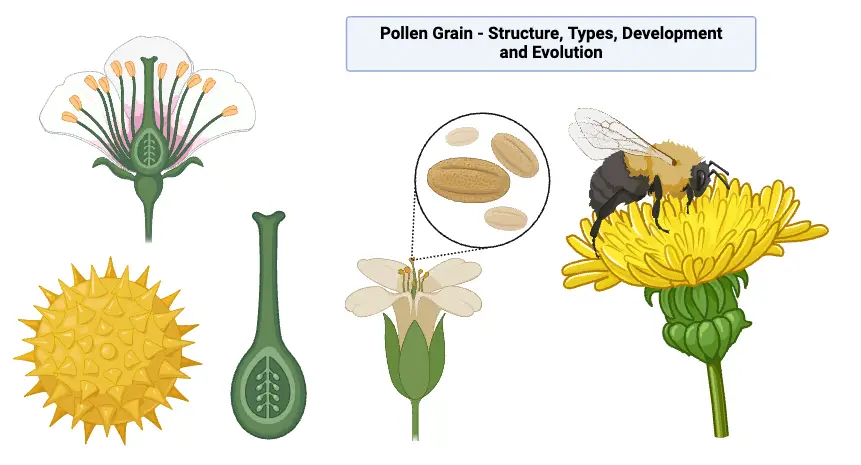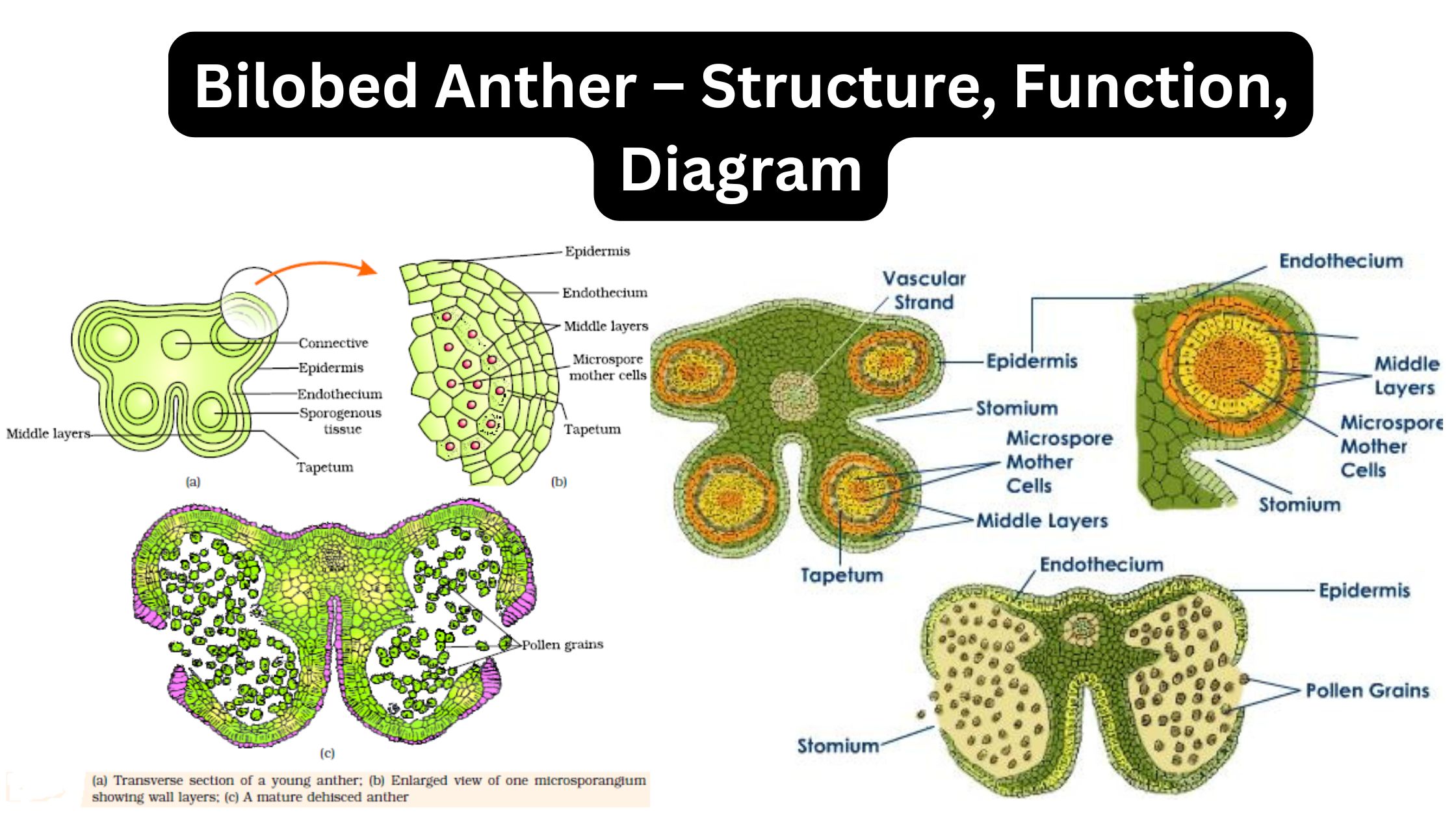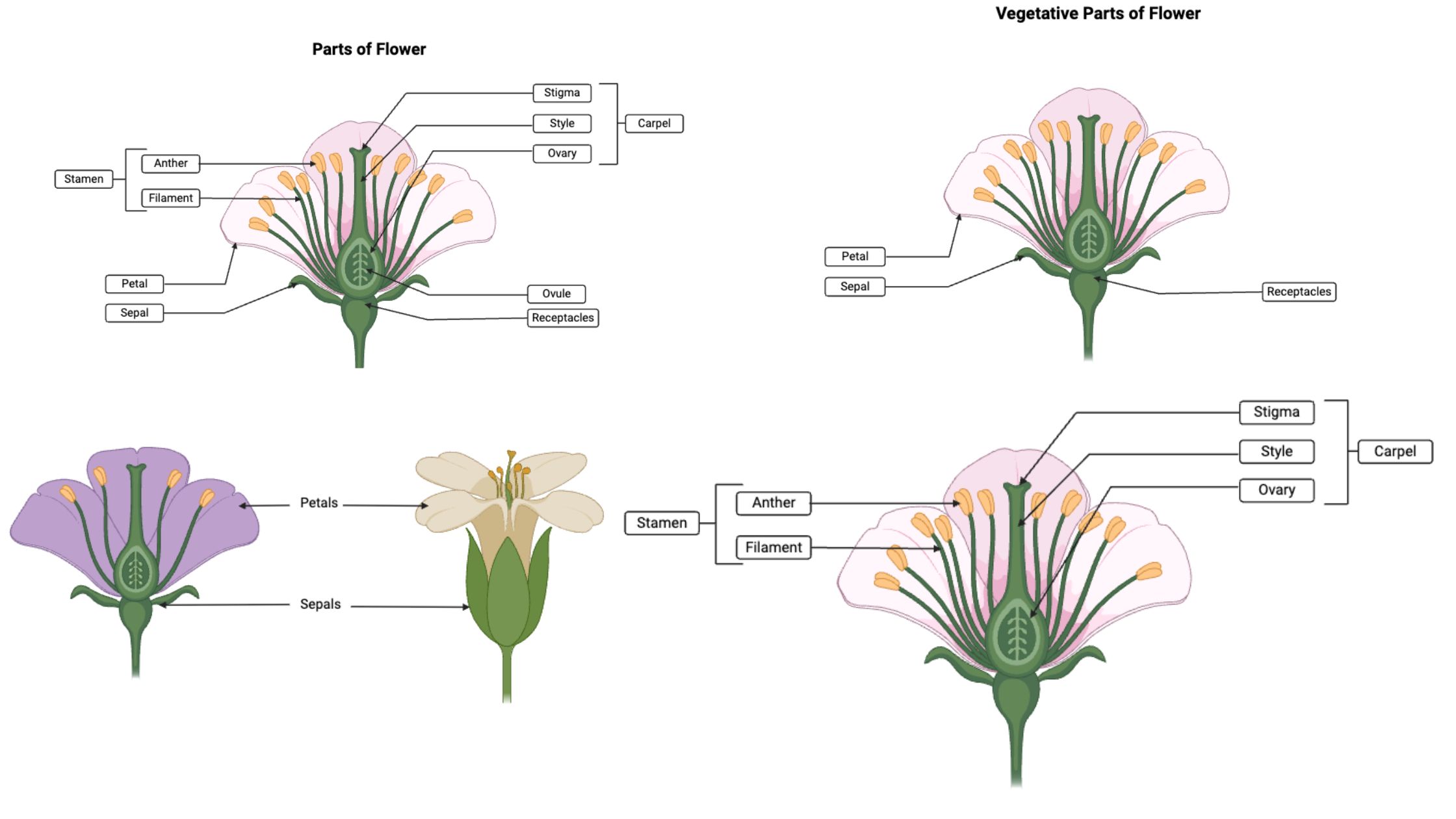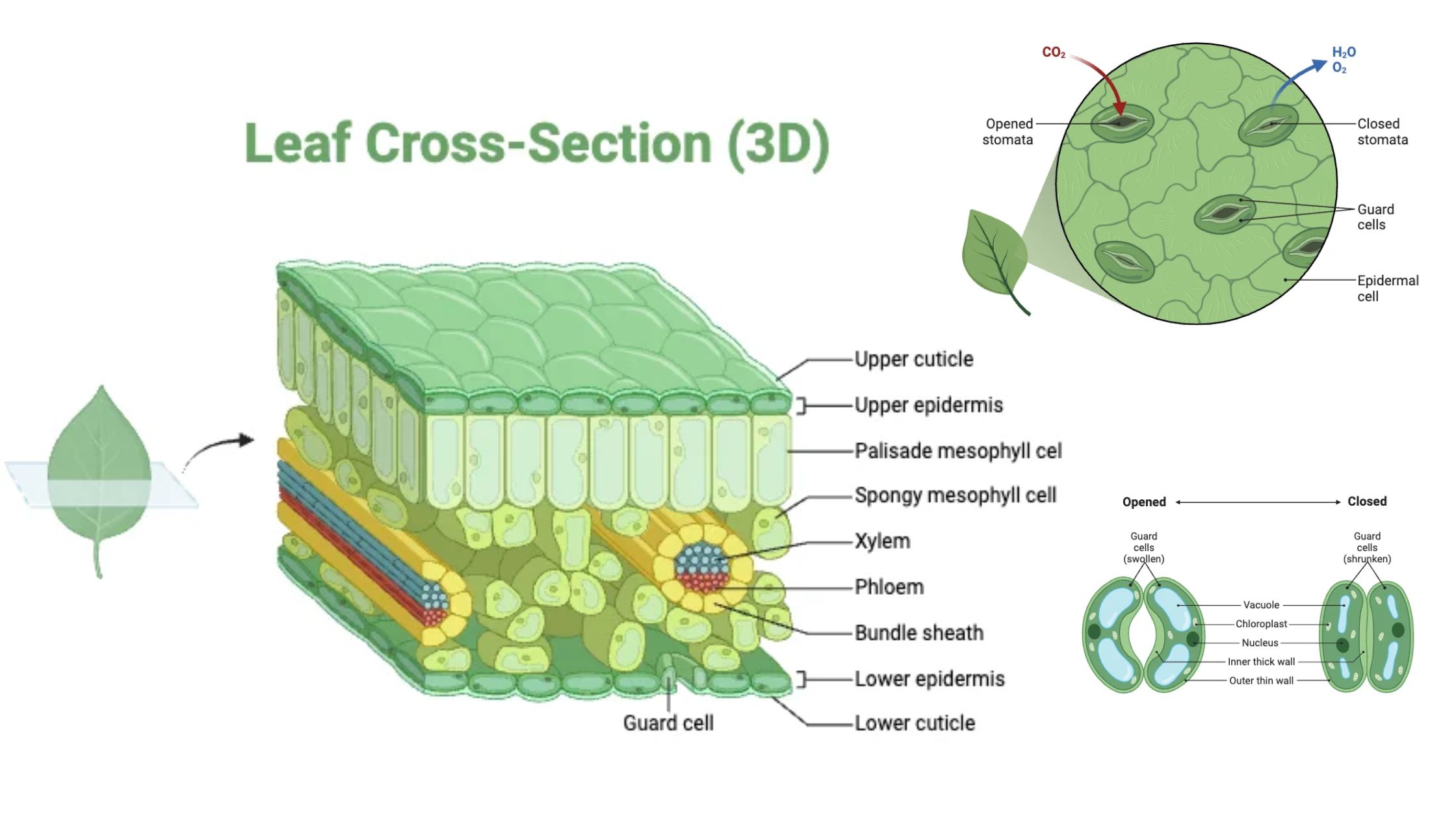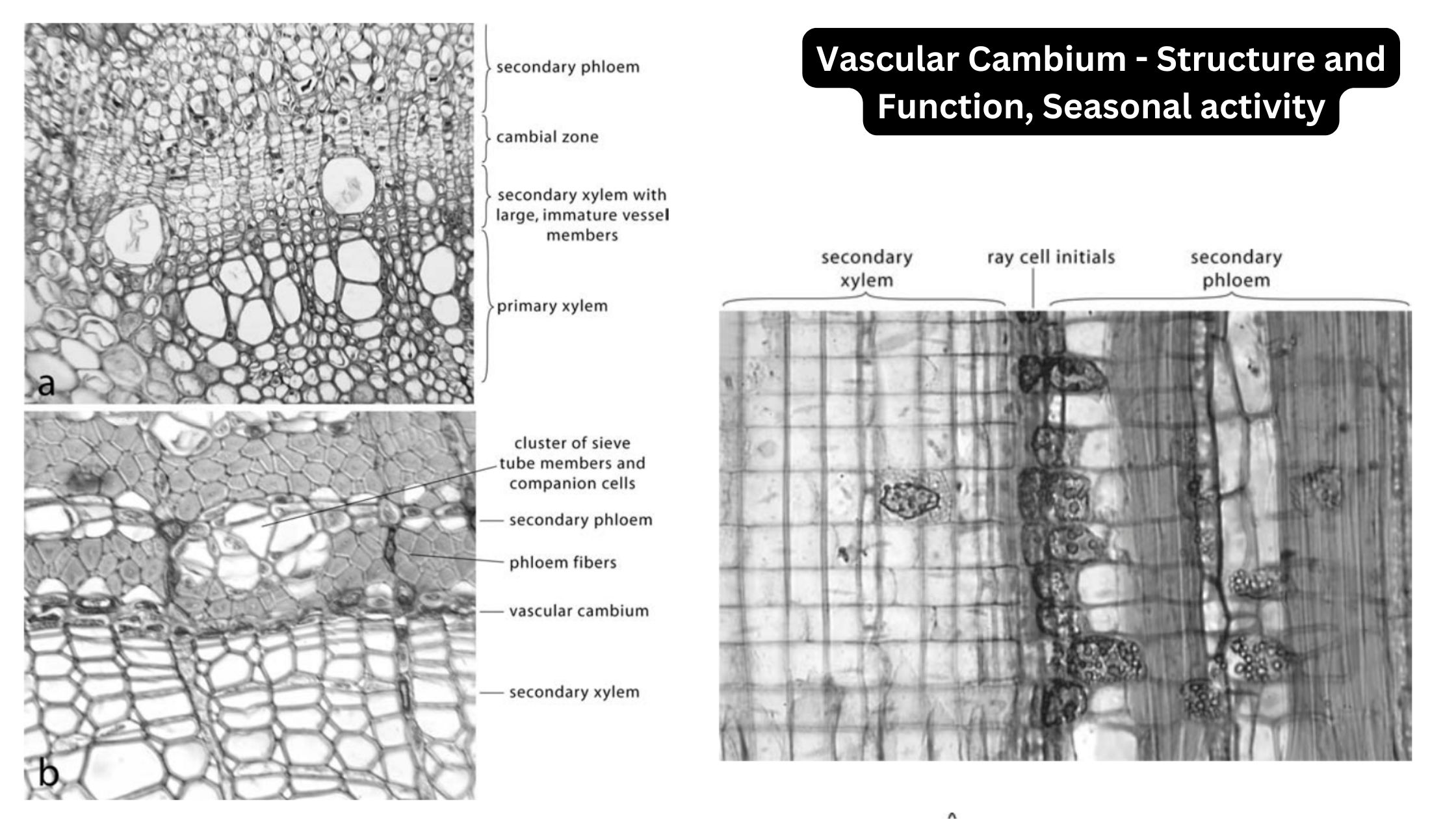Ovule – Definition, Structure, Types, Diagram, Functions
What is Ovule? Definition of Ovule An ovule is a small structure within the ovary of a plant that contains the female gamete (egg cell) and develops into a seed after fertilization. Location of Ovule The location of ovules in flowering plants is intricately tied to their role in reproduction and is defined by various … Read more
